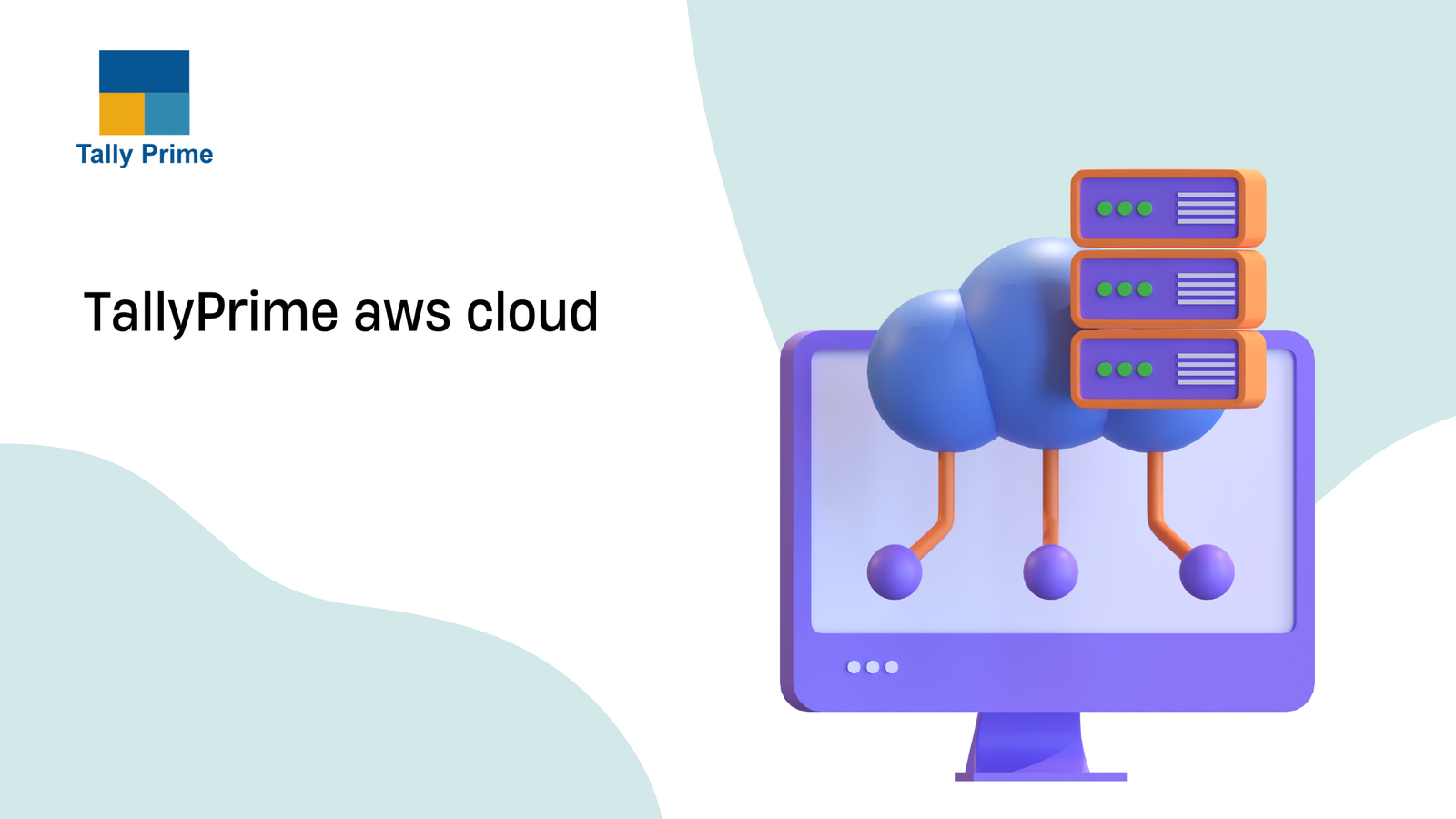I. Introduction
TallyPrime is an advanced business management software that simplifies accounting, inventory, and compliance tasks for small and medium-sized enterprises. Its integration with Amazon Web Services (AWS) enhances accessibility, security, and scalability, allowing users to access TallyPrime from anywhere, streamline operations, and ensure robust data protection while reducing infrastructure costs.
Understanding pricing plans for cloud solutions is crucial for businesses as it directly impacts their budget and resource allocation. Clear insights into costs enable organizations to optimize spending, avoid overspending, and ensure they select the most suitable plan for their needs. This strategic approach enhances financial efficiency and supports sustainable growth.
II. Overview of TallyPrime on AWS
TallyPrime is an advanced business management software designed for small and medium-sized enterprises, enhancing accounting, inventory, payroll, and taxation processes. Key features include a user-friendly interface, comprehensive reporting capabilities, GST compliance, and robust security measures like TallyVault. It also supports cloud access for seamless remote operations and collaboration.
Using TallyPrime on AWS offers significant benefits, including accessibility, allowing users to work from any location with internet connectivity. Its security features, such as data encryption and multi-factor authentication, ensure sensitive information is protected. Additionally, scalability enables businesses to easily adjust resources and user access as their needs evolve.
III. Pricing Plans for TallyPrime on AWS
Types of Pricing Plans
TallyPrime on AWS offers various pricing tiers tailored to user count and resource requirements. Businesses can choose from plans designed for single users to larger teams, ensuring scalability. Additionally, subscription options include monthly payments for flexibility or annual plans that often provide cost savings, catering to different budget preferences and usage patterns.
Cost Breakdown
TallyPrime on AWS pricing plans. This includes comparing single-user plans, which typically have lower monthly fees, to multi-user plans that accommodate larger teams. Additionally, we'll outline potential extra costs for storage, backup solutions, and premium features that enhance functionality.
IV. Flexibility and Scalability of Pricing Plans
The flexibility to upgrade or downgrade TallyPrime on AWS plans allows businesses to adapt their cloud solutions as their needs evolve. This scalability ensures that companies can efficiently manage costs, increase user access during peak periods, or reduce expenses during slower times, ultimately supporting growth and operational efficiency.
Businesses can effectively manage costs in TallyPrime on AWS by adjusting user access and resources according to their operational needs. By scaling user licenses up or down, they can avoid unnecessary expenses. Additionally, optimizing resource allocation—such as storage and processing power—ensures they only pay for what they actively use.
V. Comparison with Other Cloud Solutions
TallyPrime on AWS offers competitive pricing and features compared to other cloud accounting solutions. Its flexible pay-as-you-go model allows businesses to scale resources based on needs, while robust security measures like encryption and multi-factor authentication ensure data protection. In contrast, competitors like QuickBooks and Xero may have higher upfront costs or less flexibility in resource allocation.
TallyPrime on AWS offers unique advantages that enhance business operations. Key benefits include seamless remote access, allowing users to manage financial data from anywhere, and robust security features like encryption and multi-factor authentication, ensuring data integrity. Additionally, its scalability enables businesses to adjust resources effortlessly as they grow, optimizing costs and performance.
VI.Conclusion
Selecting the right pricing plan is crucial for maximizing business efficiency, as it ensures that resources align with operational needs and budget constraints. By carefully evaluating specific requirements—such as user count, features, and scalability—businesses can optimize costs, enhance productivity, and avoid unnecessary expenses, ultimately driving growth and success.



